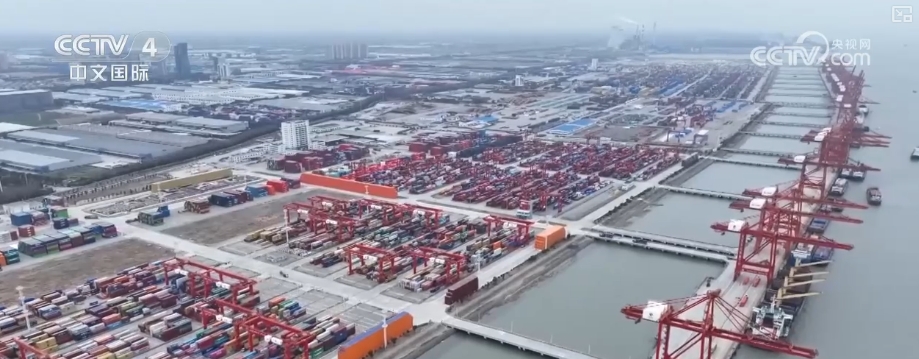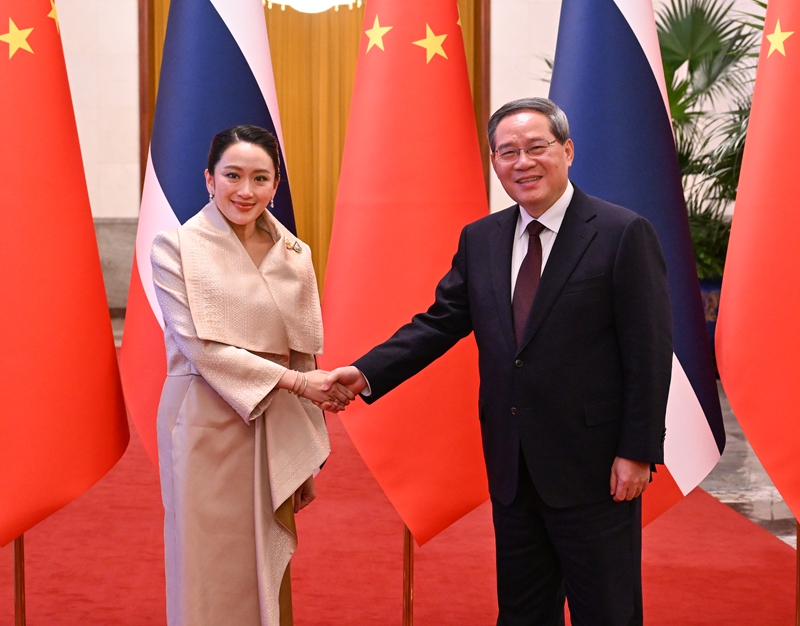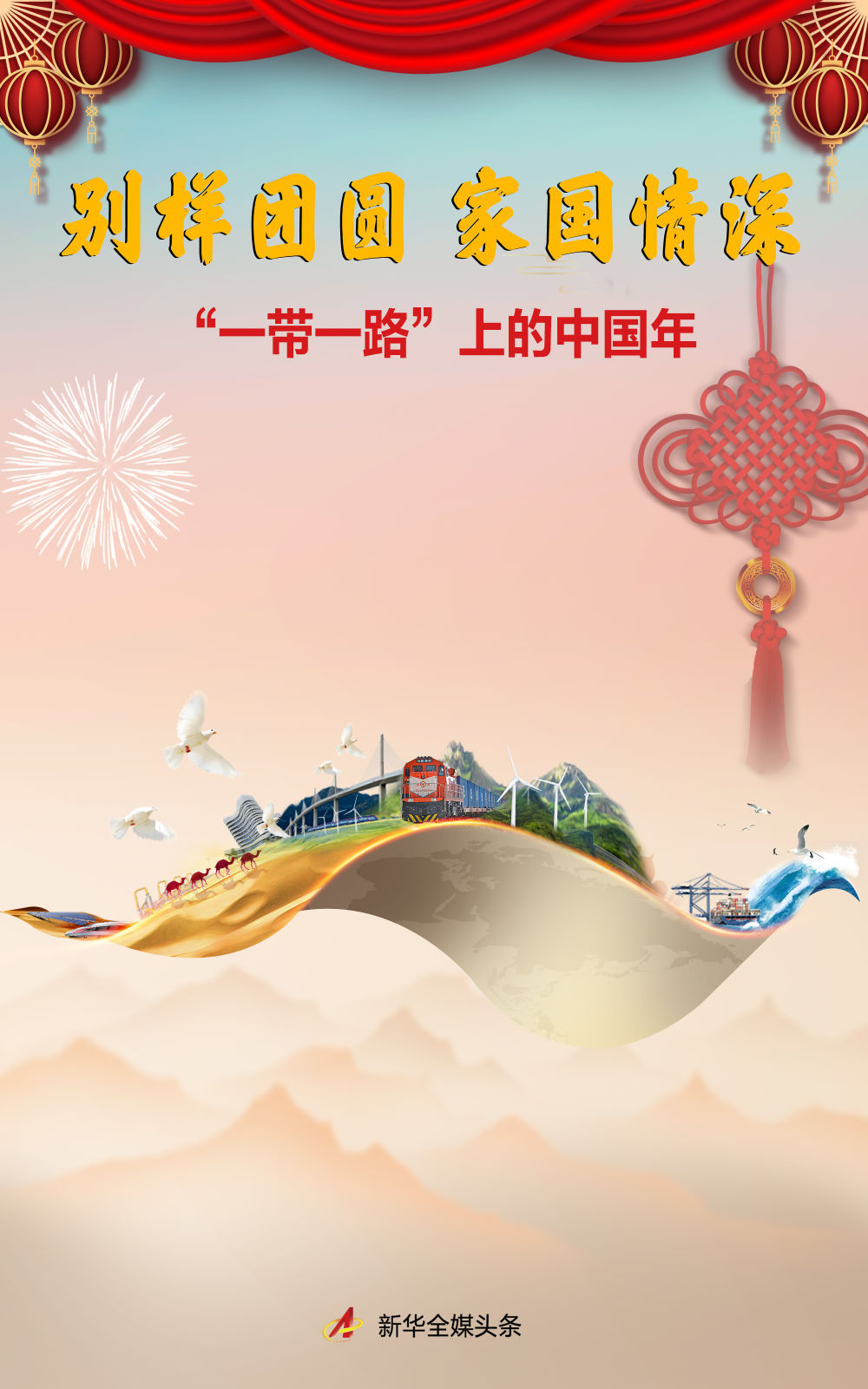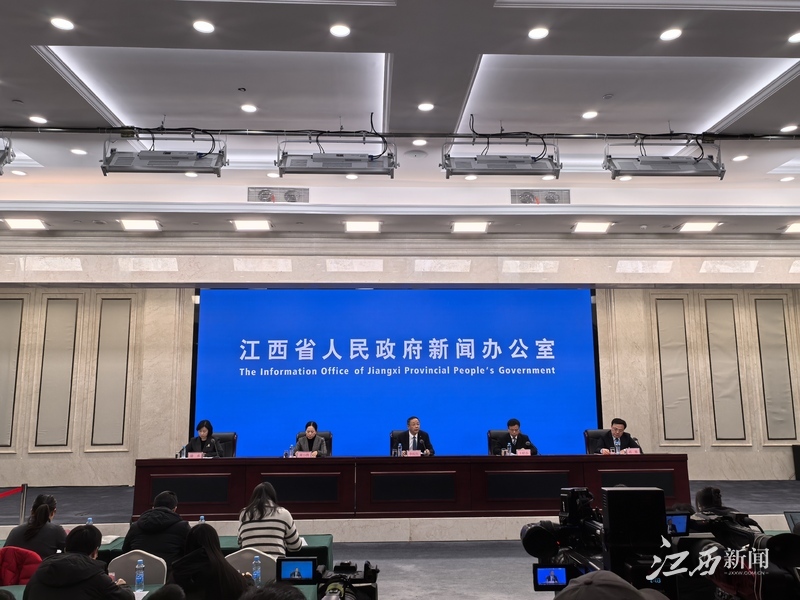Chinese Tea Culture Conquers The World
Chinese Tea Culture Conquers The World
These tea bricks tied with bamboo strips are not only a life requirement for Tibetans to "not be free of tea for a day", but also become a symbol of the integration of Chinese and Tibetan cultures - tea is called "Jiala" in Tibetan, which is literally translated as "the water of the Han family". The tea bowl reflects not only the luster of ghee

China National Gate Times published
The morning dew in Yunnan tea mountain has not yet dissipated, and the tender buds in the fried tea pot have already churned out a fragrant fragrance.
The afternoon tea clock in London just rang, and Pu'er, which was floating and sinking in the porcelain tea cup, was stretching its veins.
From the ancient tea-horse road connecting land and sea in the Tang and Song dynasties to today's tea trade network covering the world, Chinese tea has always built a bridge for people to connect with cultural exchanges and economic and trade exchanges with a silent attitude. This oriental leaf, which has been roasted for thousands of years, is not only a taste symbol of Chinese civilization, but also a carrier of communication with both cultural thickness and economic vitality in the wave of globalization.

Photo by Li Zitong, a tea farmer picking tea leaves in the tea garden in Tuantian Township, Baoshan City
Tea Horse Ancient Road:
Civilized dialogue settled in tea bricks
The Ancient Tea-Horse Road winding across the Hengduan Mountains is a civilized corridor with more civilized temperature than the Silk Road. Since the rise of tea-horse markets in the Tang Dynasty, the pressed tea produced in Yunnan has followed the "Official Tea Avenue" and "Private Tea Trail", passed through Dali, Lijiang, and Lhasa, crossed the Himalayas, and arrived in Nepal and India. The other way starts from Ya'an, Sichuan, and uses tea to change horses, bringing the tea-drinking culture of the Han area into the Tibetan area. In the records of "Yuheng Zhi of Dianhai", "Pu'er Tuan Tea is the best tea that enters Tibetan." These tea bricks tied with bamboo strips are not only a life requirement for Tibetans to "not be without tea for a day", but also become a symbol of the integration of Han and Tibetan cultures - tea is called "Jiala" in Tibetan, which is literally translated as "the water of the Han family". The tea bowl reflects not only the luster of butter, but also the thousand-year friendship between the Central Plains and the border.
The prosperity of the ancient Tea-Horse Road is essentially an identification with the concept of "harmony but difference". In the "Guozhuang" business in Kangding, merchants from Han, Tibetan and Naxi made tea around the stove, using the number of tea bowls to refer to the number of transactions, and using the fragrance of tea to eliminate language barriers; in the Buddhist temples in Nepal, monks used tea to offer Buddha rituals, which not only showed the influence of the Han "tea Zen" in the Han area, but also incorporated the local spice culture. This communication based on equality and reciprocity has enabled tea to transcend its commodity attributes and become a medium for mutual learning among civilizations. As British scholar Alan McFarlane said in Green Gold: Tea Empire: “Tea is a gentle force that allows people of different skin colors to forget their differences when sharing a drink.”

Customs officers conduct on-site inspection work at Baoshan City Export Tea Planting Base Photo by Li Zhu
Yuncha goes out to sea:
Transformation from large leaf species to world taste
As the wheel of history enters the 21st century, Yunnan tea is undergoing a gorgeous turn from "ancient road treasures" to "global drinks". As an important province for China's tea exports, Yunnan's tea garden area and tea export volume both account for about 16% of the country. In 2024, Yunnan's tea export volume reached 4,308 tons, among which Pu'er tea and Yunnan black tea from Baoshan, Lincang and other places have become "Chinese symbols" in the international market. At the London International Tea Exhibition, Yunnan Hong Gongfu Tea from Baoshan defeated traditional famous teas such as Darjeeling Tea and Sri Lanka Owa Tea with its "golden hair is revealed and the honey is fragrant" characteristics, and won the "most popular award for consumers"; in the tea beverage market in Southeast Asia, Yunnan Pu'er tea special drinks with lemongrass and lemongrass have been added, becoming the "Oriental Trendy Drink" that young people are sought after.
Behind this recognition across mountains and seas is the dual breakthrough of standardization and characteristicization. Baoshan Tea Area is located in the center of the birthplace of tea trees in the world. It is an important production area of Yunnan's "Dianhong" and Pu'er tea. Under the guidance of customs, local tea companies have established a full-chain quality control system from planting to warehousing, gradually breaking the export bottleneck.
"Our red-broken tea is the sixth batch of exports to Thailand this year. From the initial lack of experience to the smooth export now, we have more confidence in foreign trade." said Li Peiwen, head of Changning Hualong Agricultural and Sideline Products Development Co., Ltd.
According to Li Zhu, deputy director of the Tengchong Customs Office in Longyang, the customs intervened in advance in the filing process, went deep into the planting base, guided enterprises to improve the quality management system, focused on interpreting the farm residue limit standards and quarantine access requirements of countries and regions for export, and strengthened daily management and verification of production and processing processes, realizing traceable management from tea gardens to processing plants. Today, these efforts are transforming into impressive market feedback. In 2024, Baoshan City exported 819.2 tons of tea, an increase of 12.68% year-on-year. Behind the numbers are Yuncha’s solid footprints to the world.
Tea fragrance is unbounded:
The world imagination in cultural resonance
During the "International Tea Day" on May 21, the "Tea and the World, Elegant Collection" series of activities were held in many countries. The "Third Laoshan International Spring Tea Festival: Entering the United Nations" event was held at the United Nations Headquarters in New York. Guests from all over the world enjoyed tea art, singing and dancing performances and visited the exhibition. Sri Lanka, Bangladesh, Austria, Kuwait, Singapore and other countries also held related activities, and guests from various countries used tea as media to exchange culture. People from China and abroad believe that tea is a bridge for people's hearts and activities will help promote the integration of civilizations and deepen cooperation.
The power of culture often appears in details. In Chiang Mai, Thailand, Yunnan’s large leaf species and local oolong tea have been crossed with new varieties; in Fengshali, Laos, ancient tea trees planted by Chinese immigrants during the Ming and Qing Dynasties have now become the "green bank" for local wealth. What is more meaningful is that when former British Prime Minister Theresa May visited China, the Zhengshan Xiaoseed that the Chinese and British leaders drank together was the ancestor of the "black tea fever" in Europe four hundred years ago. From diplomatic tea to people's dining tables, tea has always played the role of a "flexible diplomat".
Standing at the starting point of the China-Laos Railway, a freight train full of tea is heading towards the world. This modern "Ancient Tea-Horse Road" not only transports goods, but also conveys the Eastern wisdom of symbiosis and prosperity. In 2025, the Fuding White Tea Cultural System was selected as an important global agricultural cultural heritage, marking that the value of Chinese tea has exceeded the economic scope and has become a common cultural heritage of mankind. The global journey of tea culture reveals a profound proposition: true integration never depends on force, but on the immersion of culture and the resonance of value. When Yunnan tea farmers and Thai businessmen reached a cooperation with a cup of black tea, when European housewives purchased Pu'er tea cakes printed with "organic certification" in supermarkets, when Sri Lankan scholars exchanged planting techniques at the Yunnan Tea Institute - these moments are the most vivid footnotes for mutual learning between civilizations.
From horse gang ringtones to cross-border e-commerce, from ancient road stations to smart ports, the journey of Chinese tea to overseas reflects the inclusive character of Chinese civilization. When Yunnan tea farmers continue their thousand-year skills in the finishing pot, when customs officers protect quality and safety at the supervision site, and when overseas tea customers taste Eastern philosophy in tea cups, this magical leaf has long become the world language for dialogue between civilizations.
Today, when the high-quality joint construction of the "Belt and Road" initiative is being deeply promoted, Chinese tea is sailing towards a broader sea area with culture as its sail and economy and trade as its oar - this may be the best interpretation of "everyone has its own beauty and share beauty."
Contributed by: Tengchong Customs





